Kansa Alchemy: Ayurvedic Marvels Explored
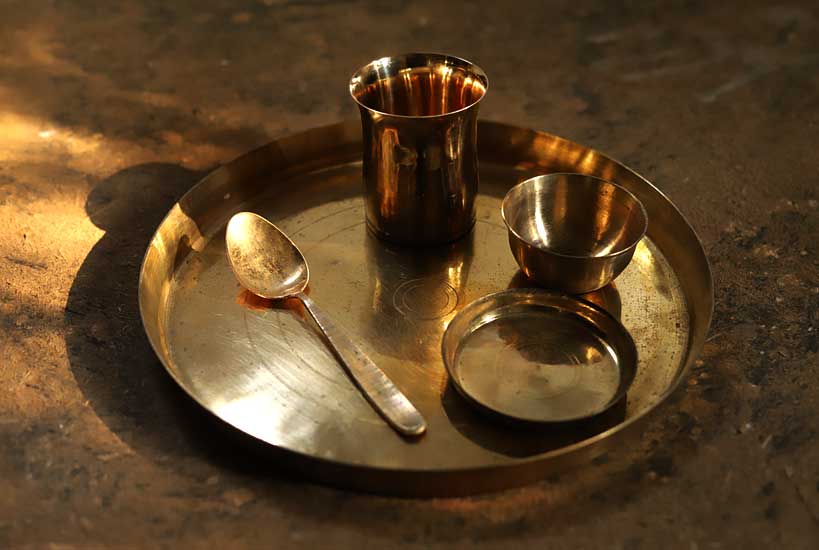
“What is so special about your Kansa-ware that you make us take such extra care of it during monsoons? Why can’t we just use its lookalike Peetal?” asks an agitated little Ashutosh, a disciple of Maharishi Charaka, while wiping and storing his precious Kansa dinner set.
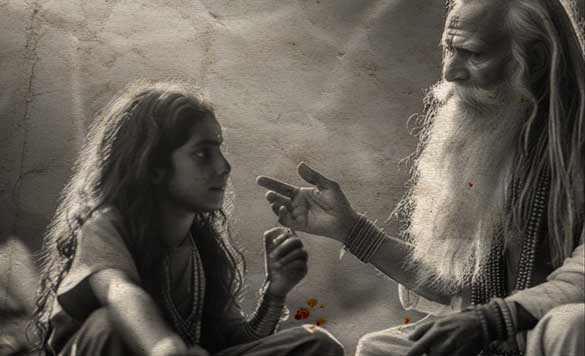
The famous scientist Charakha, the author of Charakha Smriti—one of the foundational texts of Ayurveda—takes a break from his ongoing chores, patiently calls out Ashutosh, and says, “Kansyam Buddhivardhakam” with a smirk.
Kansa has medicinal benefits. An alloy of Copper & Tin, known since the period of Samhita Kala, has therapeutic benefits due to its electro-conductivity. In the 5th century, he determined that eating and storing food in Kansa utensils balances the body’s PH level by making it more alkaline. Kansa utensils enhance one’s digestive health and immunity while also relieving stress and boosting energy levels.

Even water stored in a Kansa glass becomes positively charged and bestows vital medicinal and healing properties upon the water. All three doshas present in the body are perfectly balanced when water is stored in Kansa for at least 8 hours. This water doesn’t become stale and helps prevent water-borne diseases like diarrhea, dysentery, jaundice, etc.
According to Ayurveda, there are many benefits & medicinal uses of Kansa. For example, It is a remedy for worm infestation, skin diseases, and blood disorders. It is also good for improving vision. Tin in Kansya has Anthelmintic properties while Copper helps build non-specific immunity of the body, which helps the body fight off all types of microbes as well as parasites.
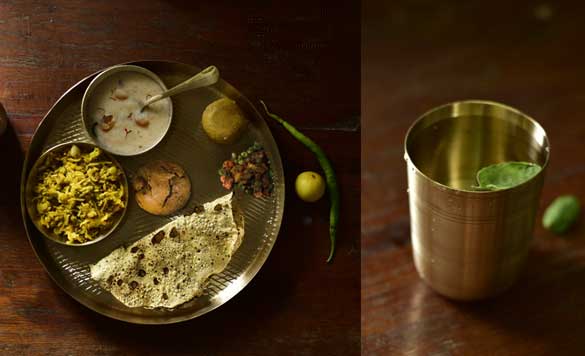
It is also corrosion-resistant and does not tarnish like copper or brass, making it easy to clean. The only con being its high reactivity to moisture in the air. But that shouldn’t keep us away from benefiting from this medicinal metal!
“Do you refer to Kansa when you say Prevention is better than cure?”
Absolutely! Always using Kansa utensils will help you take better care of your gut health.
“So how is Kansa made?” asks curious Ashutosh.
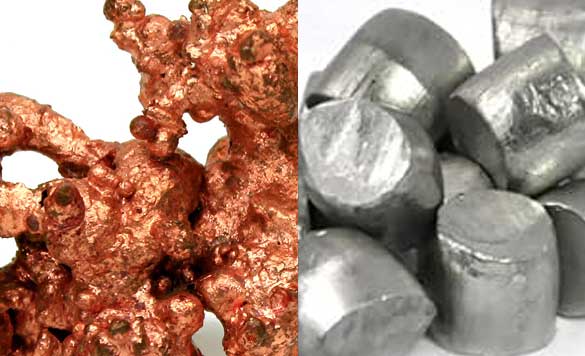
The first step is the preparation of Ingots with 78% copper and 22% Tin. The next stage is called the pressing where the alloy is given the desired shape. Then it is put in the furnace and heated at 700-800 degrees Celsius to make it malleable. Then begins the repetitive heating and beating to forge the desired shape. In total, the metal is heated & cooled 21 times. Some ancient texts also mention that to instantly cool down the metal, cow’s urine was used!
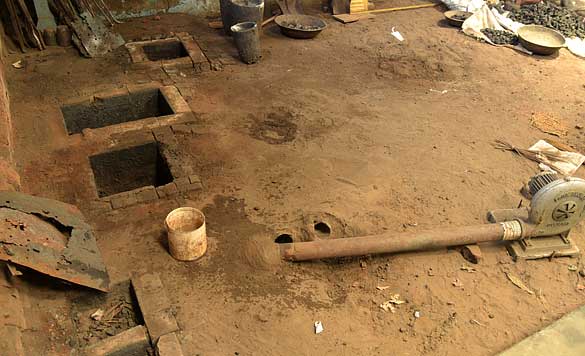
Due to the heat levels involved, Kansa workshops begin at 3 in the morning where they work on the beating process for a few hours. In the workshop, every process requires a specific artisan. The head artisan is the driver of the shape, base, and coordination of beating. The metal is continuously heated on a charcoal furnace every few minutes so that it stays malleable. A paste of Salt and clay is applied to the vessel to prepare it for the finishing process.
Then comes the process of Chillai (scraping) that creates a contrast in color of texture between the inside which has a goldenish texture against the outside of the vessel which has a charcoal texture. The Kansaras are so talented that they make this just with two tools- Shansi (tongs) & Hathoda (hammer).
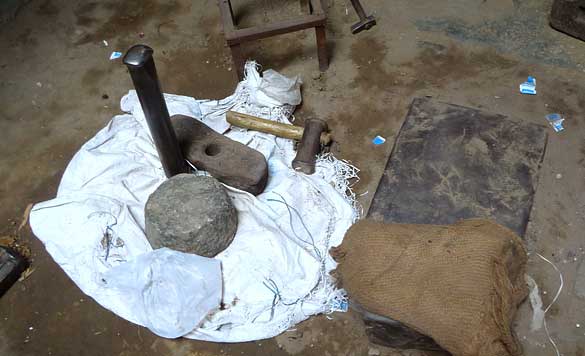
“Wait…Now who is Kansara?”
Kansara is the community of artisans who are a type of metallurgical scientists and do Kansa (bronze) related work. The Kansara people were originally Kshatriyas (leaders) who became Vaishyas (businessmen). They have the unique know-how and traditional experience of creating the technology behind the purest bronze. The aptitude of craftsmanship and innovative metal work has become their pride, lineage, and heritage!
“But how do we differentiate Kansa (bell-metal) from its lookalikes?”
One of the significant differentiators of handmade Kansa is the use of a process called Mathai that artisans created to add the aesthetic value to their designs. The pehchan of handmade kansa is the brilliance of its contrasting color and its bell-like sound.
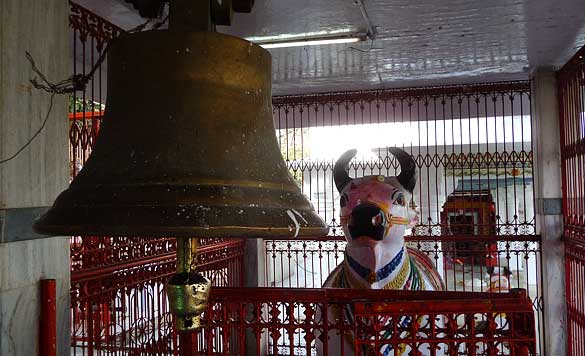
Finally quenching his thirst for knowledge, Ashutosh goes back to his chores and narrates the tale of Kansa to his friends in the Ashram.
In 3300 BCE, along with the rise of the Indus Valley and Mesopotamian civilization came the Bronze Age with its early process of smelting, alloying, and forging to create an alloy material of increased strength and value, thus bringing an end to the Stone Age and its use of stone for tools and weaponry.
Kansa, a type of bronze with copper and tin was, in fact, mistakenly discovered when the copper and tin-rich rocks used in building campfire rings became heated by the fire, they melted and mixed to form the unknown metal of bronze.
Its malleability and strength made it a valuable material for the tools for villagers and weapons for warriors.
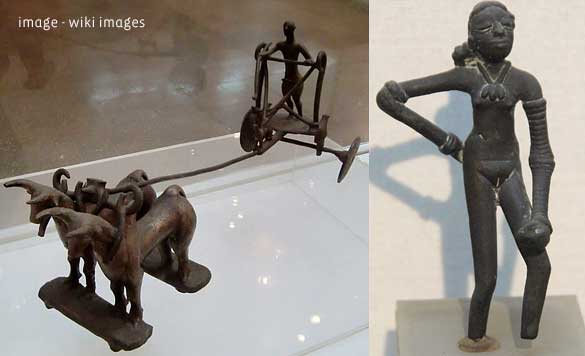
An archaeological excavation at Daimabad, Maharashtra, datable to 1500 BCE, uncovered a similar group of Kansa statues, the most significant being ‘Chariot’ with simple circular shapes depicting the wheels and elongated rider and sturdy forms for the bulls at the forefront.
Many regions of India have uncovered Kansa sculptures and statues of Hindu, Jain, and Buddhist icons ranging from the second century to the sixteenth century. Kansa was characterized by its exquisite beauty and aesthetic appeal, making it the most popular metal for ritual worship. Eventually, it was used for making daily used objects such as utensils for cooking, eating, drinking, etc. In the second century, during the Kushana period, interesting Kansa depictions of Jain Tirthankaras were discovered in Chausa, Bihar. These sculptures were an immaculate indicator of Indian sculptors’ skill in modelling a masculine human physique and simplified muscles. Since the beginning of time, Gujarat and Rajasthan have been strongholds of Jainism. Dated between the fifth and seventh century, a famous hoard of Jain Kansa items was found in Akota, Baroda, which established that Kansa casting was practiced in western India in that time period. Famous Kansa items from Chausa, Bihar are kept in the Patna Museum, while the ones from Hansi, Haryana, and various sites in Tamil Nadu and Karnataka are kept in various museums across India. The Jain Tirthankaras Mahavira, Parshvanath, and Adinath were some of the most represented in Kansa. The style of these Jain Kansa sculptures was heavily influenced by both the Gupta and Vakataka period bronzes.
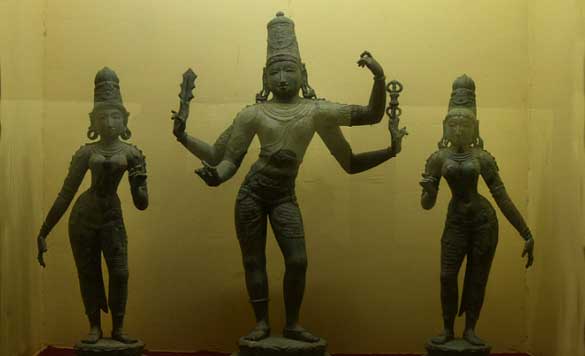
During the medieval period, South India displayed a significant development in the bronze casting technique and bronze images of traditional icons. While the images were modelled and cast in the Pallava period in the eighth and ninth centuries, with its most popular one being the icon of Shiva seated in Ardhaparyanka asana (one leg kept dangling) and the right hand is in the Achamana mudra gesture, suggesting that he is about to drink poison, the Chola period between the tenth and twelfth century in Tamil Nadu introduced the most exquisite Kansa statues

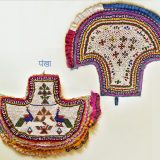
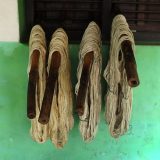








Vaibhav Gupta
What a wonderfully written piece of work.